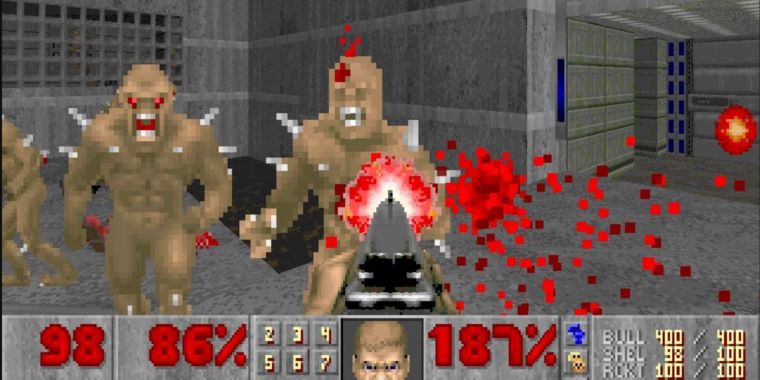
Let’s start with the obvious: the transfer size is not normally distributed, and there is no meaningful “central value” and talking about the mean is meaningless, if not deceiving. Ilya Grigorik points out that web page weights are not normally distributed so the intuitive sense of average value is misleading in this case (as it often is). Note: the average page size figure cited here obscures a lot of important detail. Note also that the top ten websites list includes some relatively rich sites such as Amazon. Readers will point out that the some of the top sites are search engines and thus they have an easier job in keeping things light but even so the second point still stands: they are getting lighter, not heavier.

The bad news is that we’re still adding weight almost as fast as before.

The remarkably straight line that charted the web’s creeping bloat over the years to 2015 looks to have softened ever so slightly-the slope is now slightly lower than the historical average. So where does this leave us? Overall trends in page sizeįirst, the good news. If that doesn’t give you pause you’re missing something. By comparison, 2016’s web struggles to deliver a page of web content in the same size. Recall that Doom is a multi-level first person shooter that ships with an advanced 3D rendering engine and multiple levels, each comprised of maps, sprites and sound effects. Well, we’ve made it, albeit a bit later than expected. Well done us! Onwards & upwards! /xtSAtZjPGl In about 7 months average web page size will be same as Doom install image.

In July 2015, inspired by something Mat Marquis said at TXJS 2015, I suggested that the average web page weight would equal that of the Doom install image in about 7 months time.


 0 kommentar(er)
0 kommentar(er)
